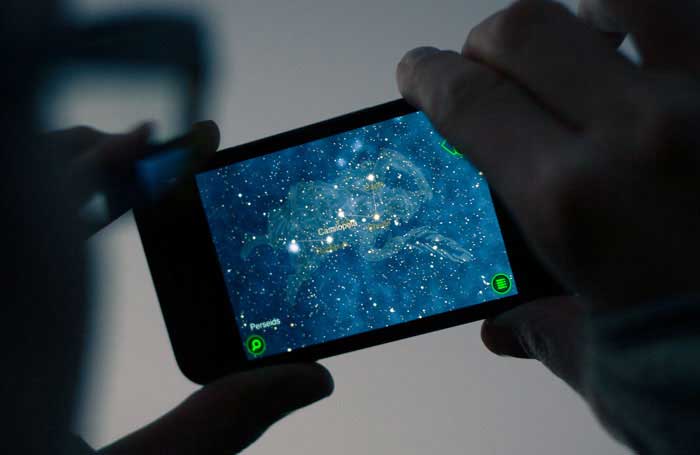Meteor showers are celestial events where it appears that a number of shooting stars originate from a single origin in the night sky. These meteors consist of cosmic matter or debris, which we refer to as “meteoroids”, as they enter the earth's atmosphere at great velocity. In reality, most of these meteoroids are smaller than a grain of sand, and so disintegrate in the atmosphere without ever touching the earth's surface, but create a bright stream of light in their wake which can be observed from the ground.
Most of the well established meteor showers happen pretty much the same time every year as the earth follows a predictable trajectory through it's orbit. What does fluctuate is the visibility of the showers, depending on the weather and also the brightness of the moon. More often than not, meteor showers are best viewed after midnight and when the moon is in it's smallest quarter, as anything more than a half moon can obscure the visibility of the meteors with light pollution. Information about upcoming meteor showers and viewing conditions can be found on the amsmeteors.org website.
As with stargazing, it is also important to find a location far from any artificial light pollution to best view the night sky. If you intend to photograph the event, make sure you have a study tripod and a good understanding of manual photography so that you know how to best capture the night sky. There is a very in depth article on the AMS website (http://www.amsmeteors.org/meteor-showers/how-to-photograph-meteors-with-a-dslr/) explaining the best long shutter methods and the correct equipment to best capture the event.
Between January 1st and January 5th every year is the Quadrantids Meteor Shower. This peaks during the night of the 3rd and on the morning of the 4th, however in 2018, this will be difficult to view as the moon will be particularly bright.
Later, the Lyrids Meteor Shower also runs annually but between 16th and the 25th of April, although somewhat less dramatic, peaking at about 20 meteoroids every hour. The best time to view this is on the night of the 22nd and the morning of the 23rd, and this year we should be expecting very dark skies for optimal viewing.
In May, between the 19th and the 28th, is the Eta Aquarids, which should show a lot more meteoroids than Lyrids, producing up to 60 meteors an hour. This is best viewed from the southern hemisphere, however from the US you can expect to see up to 30 meteoroids an hour. This will peak on the 6th and the 7th, and while the moon is relatively bright in 2018, you can still expect a good show.
One of the best showers to observe in 2018 will be the Perseids Meteor shower, producing up to 60 meteors an hour in the northern hemisphere. This will peak on the 12th and 13th of August, during a thin crescent moon that will allow for excellent viewing.
Lastly, peaking on December the 13th and 14th is the Geminids Meteor Shower. This can produce up to 120 multicoloured meteors every hour, and shortly after midnight the first quarter moon will set, leaving dark skies for excellent viewing. The best time to watch this will be just after midnight from a dark location.

